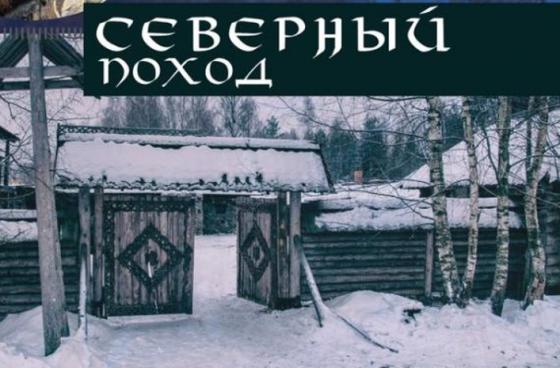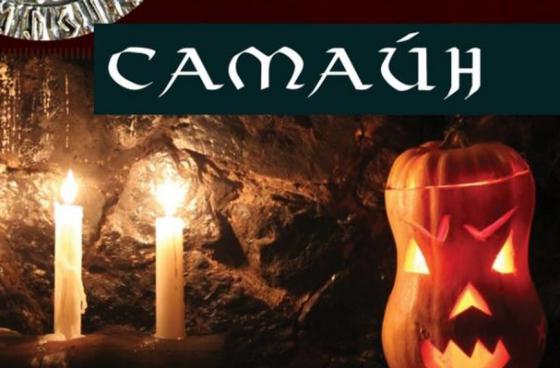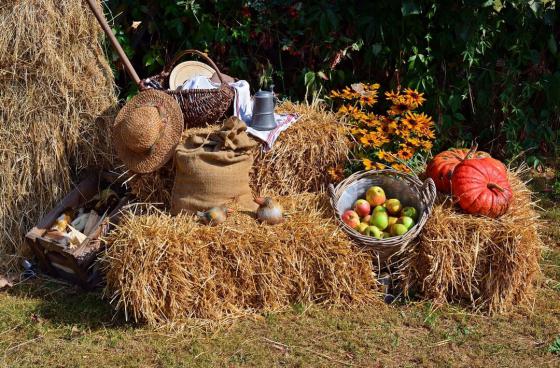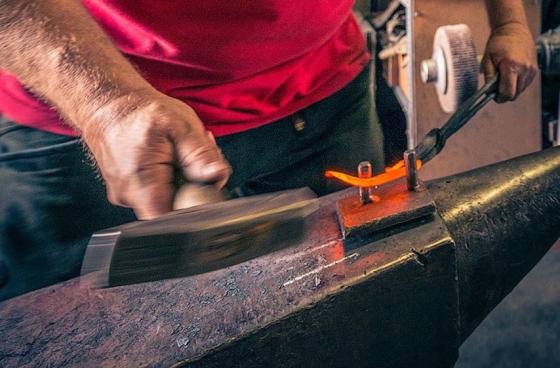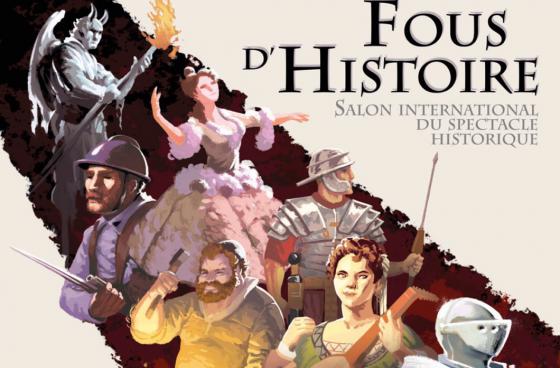Magic Yule in the Medieval Town of Svargas
According to tradition, Yule lasts 13 nights, which are called the "Nights of the Spirits". These thirteen nights, from the first sunset to the last dawn, are a gap between two years, a sacred period during which there is neither the usual time nor the usual boundaries, when the lot of the gods is decided and the spindle of


